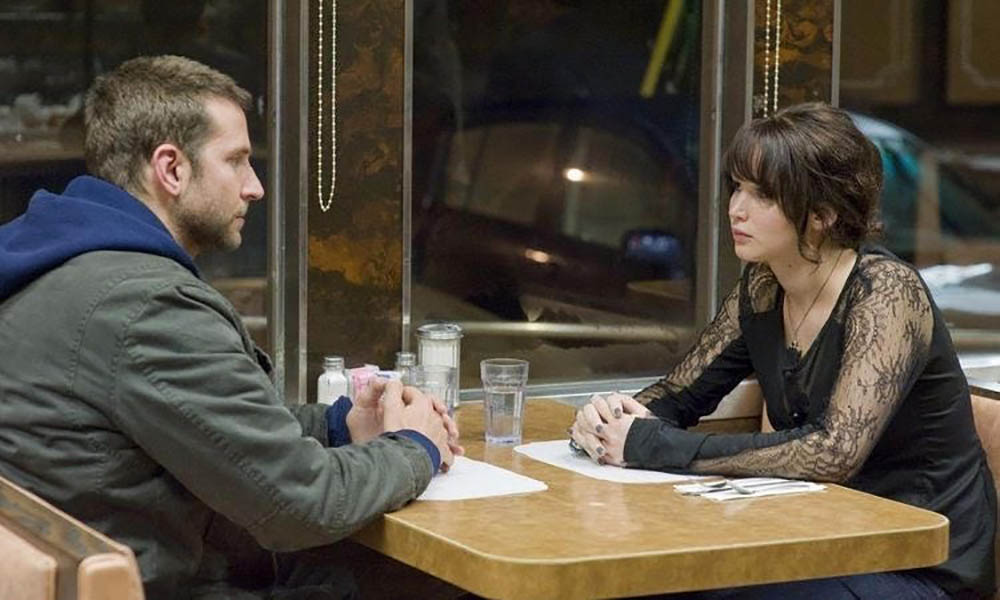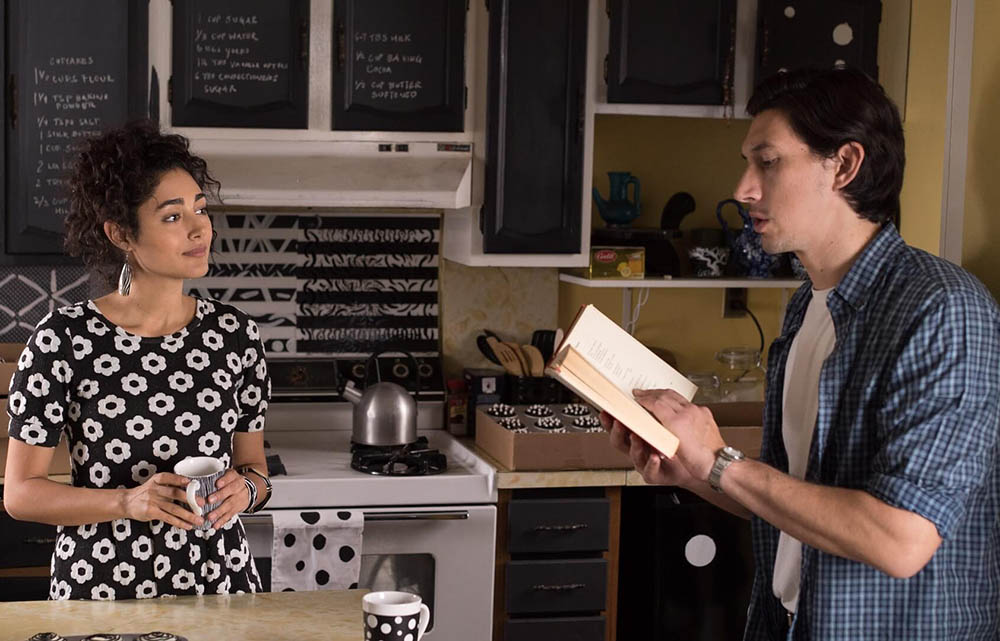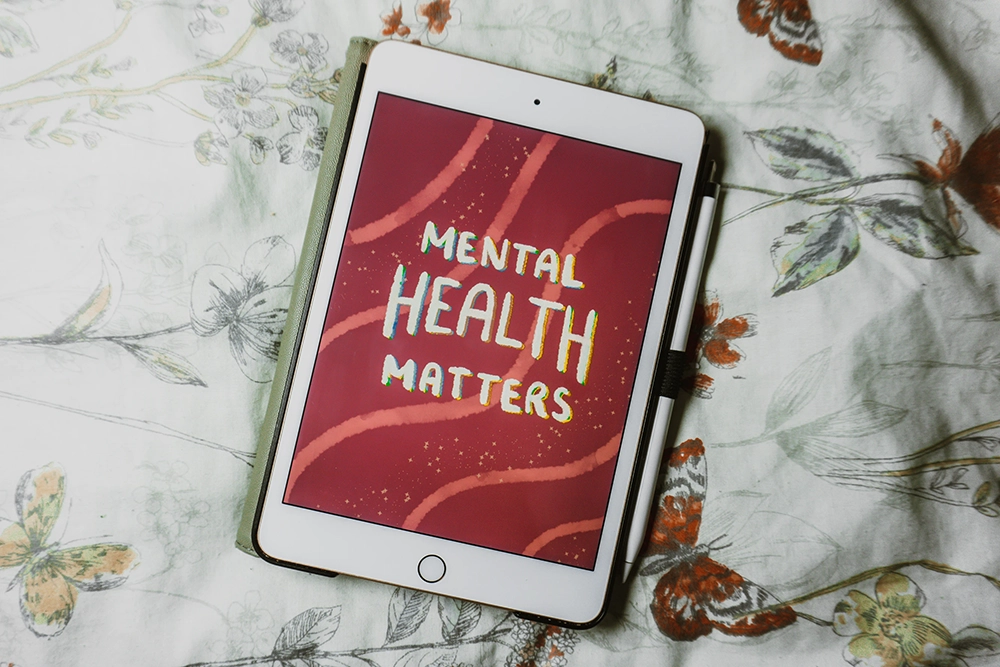Fortunately, modern cinema has learned from the damaging narratives that have previously undermined the hard work of mental health advocates. Modern depictions of mental illness, like “Silver Linings Playbook” and “Inside Out,” take an empathetic, nuanced approach to portraying conditions like Bipolar disorder and anxiety.
Public figures in the film industry are raising awareness for mental health, too. Carrie Fisher was famously an advocate for people with Bipolar disorder, having been diagnosed with the condition herself in 2012. Similarly, current A-listers like Pedro Pascal have opened up about living with conditions like anxiety.
Misrepresentations
The modern movie industry has produced plenty of moving, accurate, and emotionally sensitive portrayals of mental health illnesses and disorders. In recent years, films like “Pure-O” have presented characters living with conditions like OCD in honest and hopeful ways. However, representations of mental health in media haven’t always been so accurate. This has led to a stigmatization of mental health and entrenched widespread misconceptions like
- Linking mental illness to violence (as is the case in “Joker,” “Split,” and “The Shining”);
- Exaggerating the risk of suicide;
- General misrepresentation of who is commonly affected by mental health conditions.
Recognizing the erroneous representations of mental illness doesn’t necessarily mean you have to strike “The Shining” or “A Beautiful Mind” from your viewing list. Rather, it means you should exercise caution when using on-screen portrayals of conditions like schizophrenia to inform your own worldview. This can empower your efforts to learn more about research surrounding mental health and the real experiences of those living with conditions like anxiety or depression.
Addiction and Recovery

Films like “The Hangover” and TV shows like “Mad Men” romanticize addiction and normalize the idea of drinking to excess. This can make recognizing and recovering from an addiction like alcohol dependency that much harder for the people who live with the everyday reality of alcohol and drug addiction.
However, in recent years, films like “A Star is Born” and “28 Days” highlight the perils of addiction and give viewers a glimpse into the difficulties that those going through recovery face. Films that portray the harmful effects of alcohol on the body are key to raising understanding of alcohol abuse, as drinking to excess can suppress the immune system, cause GERD, increase the risk of cardiovascular disease, and lead to dependency.
Films like “Trainspotting” and “Requiem for a Dream” focus on the harmful side effects of opioid addiction without villainizing the main characters. This approach gives the general public a way to sympathize with darkly comedic characters like Mark Renton and tragically flawed characters like Sara Goldfarb. This can humanize people who fall into opioid addiction while providing a strong deterrent to those who may consider opioid use.
Self-Care On-screen

Modern cinema produces plenty of action-packed, conflict-based movies. However, in recent years, many film studios have pivoted away from producing space operas and Wild West shoot-outs. While these big-budget box office flicks will always have their place, audiences show that they’re just as keen to watch slow-moving movies with a strong self-care message throughout.
Jim Jarmusch’s 2016 “Paterson,” starring Adam Driver, provides a perfect example of self-care on-screen. The film focuses on the life of a bus driver who, during his work breaks, writes poetry inspired by the conversations he’s heard and the sights seen while driving his bus. This is a powerful form of emotional self-care, as writing a journal helps the protagonist practice gratitude in the small moments between his busy work schedule. Other common themes of self-care seen on-screen include:
- Reconnecting with nature (“Wild” and “Captain Fantastic”);
- Meditation and mindfulness (“Seven Years in Tibet” and “Eat Pray Love”);
- Self-compassion and acceptance (“The Pursuit of Happiness” and “Little Miss Sunshine”).
Many modern films reflect on the stress of everyday life and portray protagonists who find ways to protect their mental health while working a typical job. For example, in Jon Favreau’s “Chef,” Carl Casper turns his back on a stressful workplace and endeavors to make his own path while selling from a food truck. This highlights the importance of foregrounding health and wellness over career achievements and features characters performing simple acts of self-care (like making the perfect grilled cheese after a difficult day).
Conclusion
Modern film studios have largely pivoted away from presenting caricatures of people who face mental health challenges. Instead, most major movies now highlight the nuanced reality of living with a condition like anxiety or depression. This is why big-budget titles like “Inside Out” are popular with the general public. Similarly, films like “Wild” and “Paterson” inspire moviegoers to foreground their needs and practice self-care in their small moments during their busy workdays.


